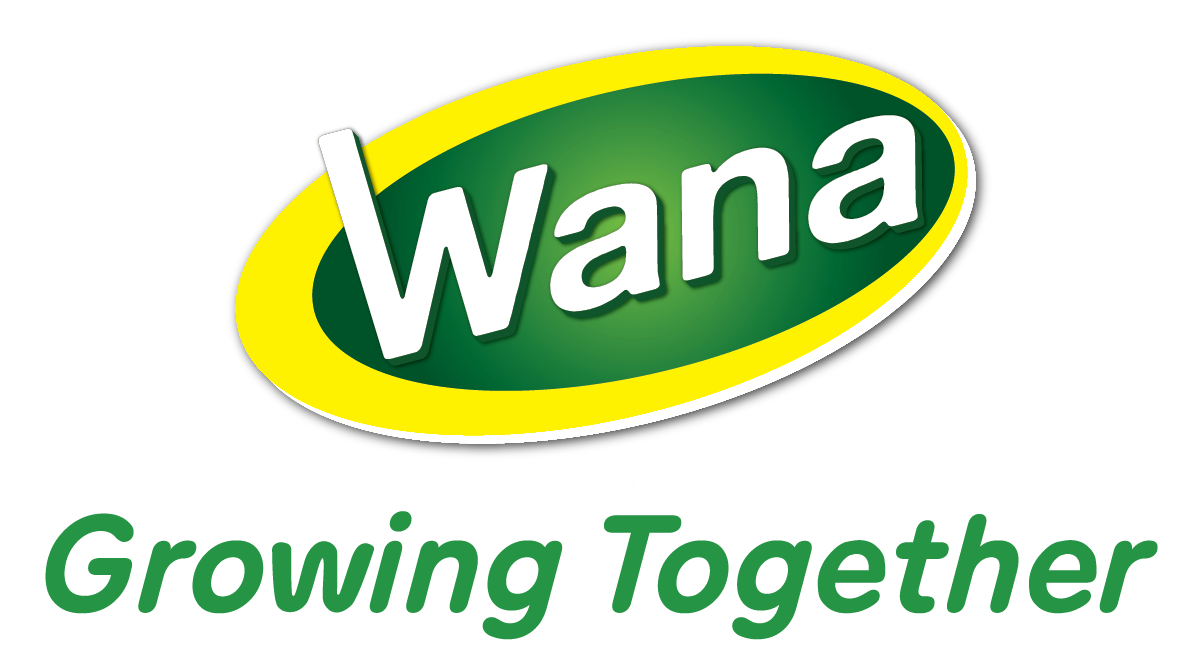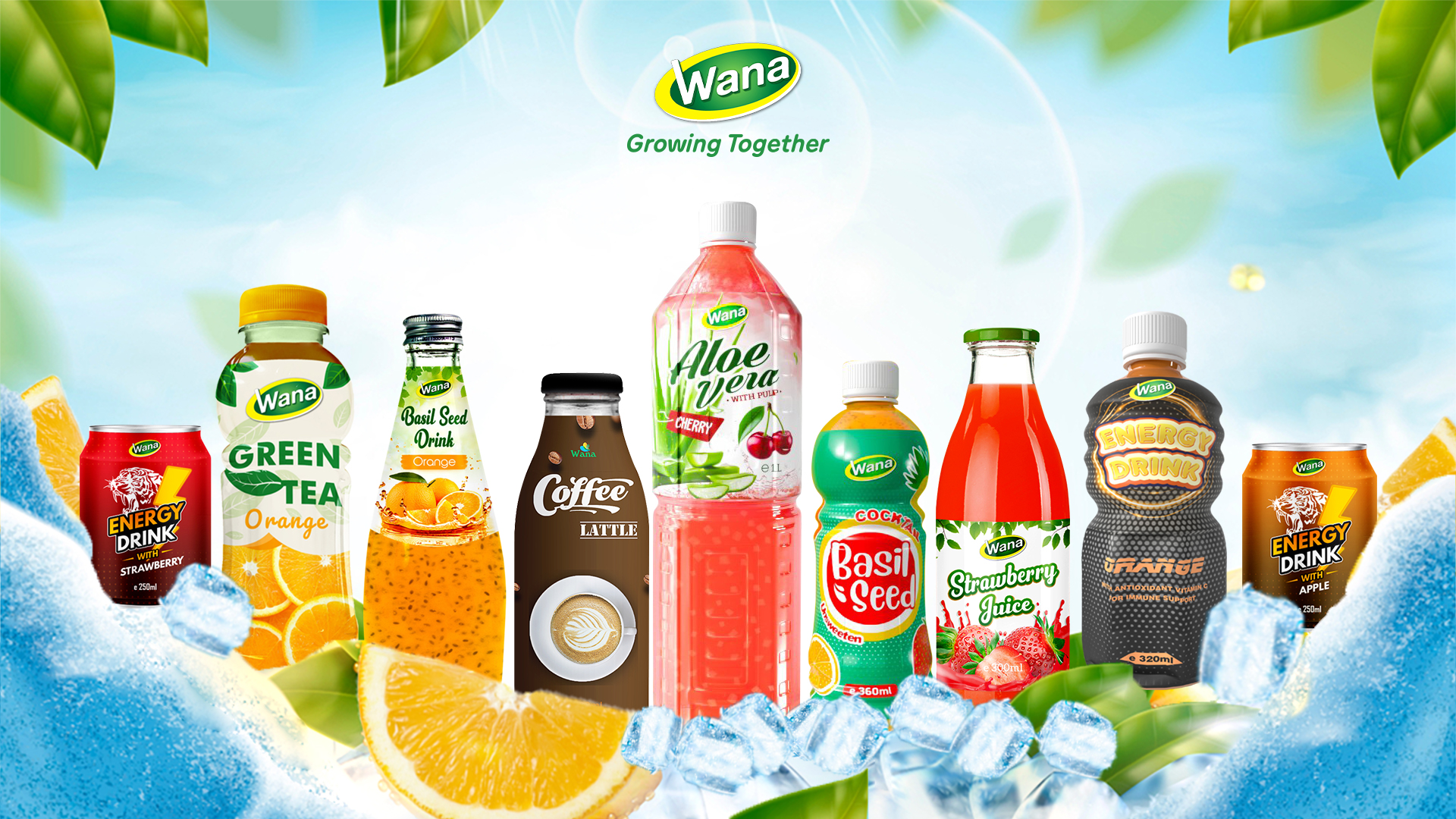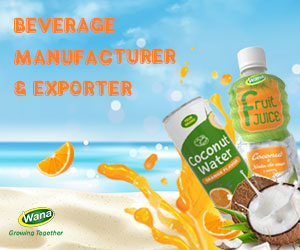Carbonated drinks, also known as soft drinks, are always in the top of the products chosen by a large number of consumers. In Vietnam, revenue from this carbonated beverage segment will touch US$7.76 billion by 2022. The market is expected to grow at a CAGR of 7.17% in 2022-2026. If the business is looking to expand its niche or just enter the market. Learning about the carbonated beverage production process is a necessary condition. Let’s explore the stages to launch this product!
Read more: Entering the beverage market with nutritious roasted rice milk
Pure water homogenization
First, you need ingredients like: water, sweeteners, carbon dioxide, acids, flavor and color ingredients, emulsifiers, stabilizers, curing agents. Finally, the foaming agent.
The water used must be put through the RO filtration system to remove ultraviolet rays, bacteria and impurities most thoroughly. Not only that, the refining process or UV irradiation also helps the water to reach a high standard. Make sure that the preparation and storage process is not affected later. Simultaneously, the preparation of the syrup extract passes through a plate heat exchanger to completely eliminate microorganisms.
Harshing raw materials
This is one of the most important steps in the carbonated beverage production process. The sugar will be put in a water bath and cooked at about 90 degrees Celsius for about 2 hours until uniform bubbles appear, then move on to the next step.
The factory needs to use a hand-stirred cooking tank at 120 rpm for the sugar to cook evenly. The sucrose will be converted to a softer, more stable, sweet reducing sugar, making it easier to blend flavors.
Mixing flavorings
According to the research and development of carbonated soft drinks, after the sugar mixture reaches the standard at 90 degrees Celsius, the acid to create color, taste and odor will be put into the pot and continue to stir at a speed of 120 rpm. . . To have a characteristic flavor and be ready to move on to the next step, the solution needs to be around 80 degrees Celsius after the flavoring process has passed.
Filtering
To prepare for the CO2 loading stage, at this step it is necessary to use a filter in the drain pipe combined with the crucible to completely remove impurities that appear during processing. At the same time, this also helps to easily remove residues and mucus in sugar and water solutions, ensuring purity and safety for ingredients.
Saturated CO2
According to research obtained from the R & D process of carbonated soft drinks, with different needs, CO2 will be loaded into the syrup mixture to increase the digestive stimulation of the product. At the same time, this helps the drink to have better stability, easy storage, prevent microbial proliferation, increase flavor, and stimulate the taste buds of users.
Although CO2 is tasteless, when dissolved in water it can produce an acidic taste. It is the characteristic flavor of every carbonated product on the market. The amount of CO2 charged will depend on the texture and sensory requirements of the brand.
In order for the solution to fully absorb CO2, this step in the production of carbonated beverages needs to take place slowly. It is inherently due to creating enough time and conditions for CO2 to exchange with the internal and external environment, ensuring that the amount of CO2 is evenly absorbed in the solution.
The time usually lasts about 2-3 hours, ensuring the finished product is beautiful, has enough air bubbles, is delicious, and attracts buyers. In this step, we will get the semi-finished solution and ready for the next step of filling and seaming.
Filling
In order for the product to be attractive when it is launched on the market. A carbonated beverage producer needs to research the tastes and habits of the target audience in advance and choose the right style and design of the can.
After having the finished product, just extract the solution into cans, airtight, store in standard environmental conditions. Then ready to ship to distribution units, supermarkets, grocery stores.
Heat treatment
If you want the shipping process to be easier. You can continue to put the product through the heat treatment process. This step helps raise the temperature of the can from 1-20 degrees to a more reasonable temperature.
The process to process carbonated beverages needs to be thoroughly R&D, accurate market analysis. Otherwise, the product may “die prematurely”, having to withdraw due to too much competition.
Read more: King of Fruits – Mango & Its Story
Through the above article, you must have grasped the production of carbonated beverages and how to make it. If you are looking for an F&B outsourcing and technology transfer unit, then WANA Beverage is the most suitable choice. We are ready to advise and offer the optimal solution with the goals and capabilities of your business. Contact us for a consultation today.
ASIA FOOD AND BEVERAGE COMPANY LIMITED (ASIA FOOD AND BEVERAGE CO.,LTD)
- Hotline : (+84) 93 575 0088
- Phone : (+84) 93 575 0088
- Email : inquiry@asiafnb.com
- Add : 10/9 Vo Thi Sau Street, Tay A Town, Dong Hoa Ward, Di An District, Binh Duong Province.
- Wana on Alibaba





